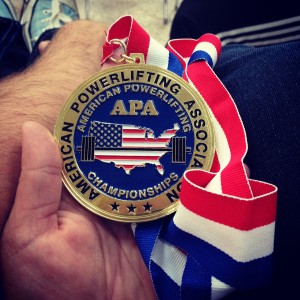This may seem like a funny topic for a fitness blog to cover.
See, without social media I would have never turned down the fitness avenue that I did. Without the influence of Tumblr I never would have known about powerlifting or figure competitions or any of the sports I compete in. I would probably still be that girl that eats 1200 calories a day and tries to run 5 miles through horrible shin splints.
But with great power comes great responsibility. For every social media maven out there that’s changed someone’s life for the better there are 15 that spout absolute bullshit that is harmful and problematic. Think of Tracy Anderson telling women not to lift more than 3 pounds, or the constant recycling of fitness myths that have long since been busted (like eating every 2 hours to “rev your metabolism”) or the shaming of non-able bodied people. Think of fitspo images, which are just poorly disguised thinspo images, with their endless white thin women highly sexualized with horrible slogans over them.
Really, though, is social media destroying fitness?
Social media has helped the average Joe with a great body become internet famous and suddenly a guru. Instagram accounts become collections of fitspo and Twitter rehashes the same 180 word catch phrase every morning.
Social media has also helped bring people together. Future fitness competitors find their coaches, a newbie can have their squat video critiqued by those who know more, and you’re suddenly a click away from your fitness idol.
By the same stroke you have anonymous Internet “experts” telling you that squatting below parallel will destroy your knees and that benching with an arch is cheating. IFBB pros update their accounts with videos of them performing exercises with horrible form or talking about their dangerously low calorie diet like it’s absolutely normal.
Social media is a blessing and a curse and, I think, needs to take responsibility for its actions. If someone on social media is doing something harmful (like stealing pictures off Instagram and Pinteresting them tied to their weight loss site) they should be called out for it. Social media sites should remove things with harmful content – like diet plans with 900 calories or people without any nutritional background selling diet or exercise plans. While it may be common sense for some to not take advice from a fit 18 year old it’s not that way for young, impressionable men and women looking to lose weight and fast. As a fitness community we should be charged with wanting to keep the name clean and doing no harm. Support, encouragement, blocking those who make harmful comments on pictures, and taking an active role in the content we share.
Fitness has changed our lives for the better – why wouldn’t we want the same for everyone else?


